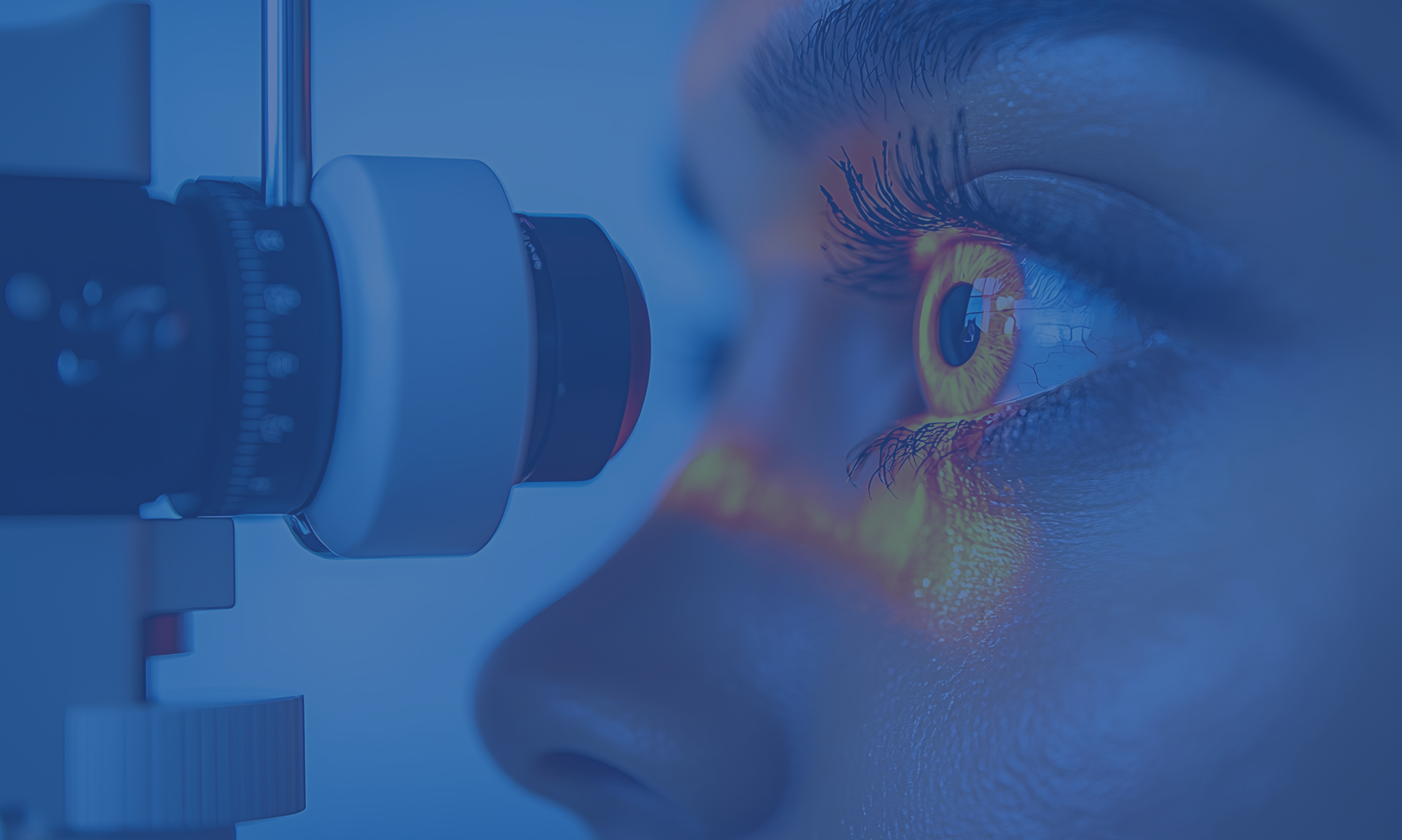
The fundamentals of vision science and ocular health
Understanding the mechanics of sight and its preservation

Glaucoma
A chronic disease characterized by increased intraocular pressure that can damage the optic nerve.
1

Cataract
Clouding of the eye lens causing blurred, cloudy, or hazy vision, often leading to difficulties with reading.
2

Conjunctivitis
Inflammation of the conjunctiva, often caused by a bacterial, viral, or allergic infection.
3

Keratitis
Inflammation of the cornea, usually due to an infection (bacterial, viral, or fungal) or injury.
4

An introduction to optical correction with eyewear
Corrective lenses function by refracting light to focus it properly onto the retina, compensating for the eye’s structural imperfections. The specific curvature and thickness of a lens are determined by an individual’s prescription, which quantifies the necessary correction for conditions like astigmatism. Lens materials and coatings, such as anti-reflective and scratch-resistant layers, are selected to enhance visual comfort and the durability of the eyeglasses.
The fitting process for both eyeglasses and contact lenses is crucial for ensuring optimal performance and user comfort. For eyeglasses, this includes measuring the pupillary distance and ensuring proper frame alignment. For contact lenses, a practitioner evaluates the curvature of the cornea to select a lens that fits securely and allows for adequate oxygen transmission, which is vital for maintaining corneal health over time.
Vision Health
Which experts for which needs?
Visual development and adaptations
throughout life
Human vision evolves constantly from birth to old age, reflecting physiological and neurological changes in the visual system. In infants, visual development involves the maturation of the retina, optic nerve, and brain connections, gradually enabling the perception of shapes, colors, and depth. During adolescence and adulthood, vision reaches stability, but factors such as eye strain or screen exposure can temporarily impair perception.
With aging, natural changes occur, such as decreased accommodation, loss of contrast sensitivity, and an increased risk of eye diseases such as cataracts or macular degeneration. Understanding these transformations throughout life allows for the adaptation of care, prevention, and vision correction strategies to maintain optimal vision quality.



